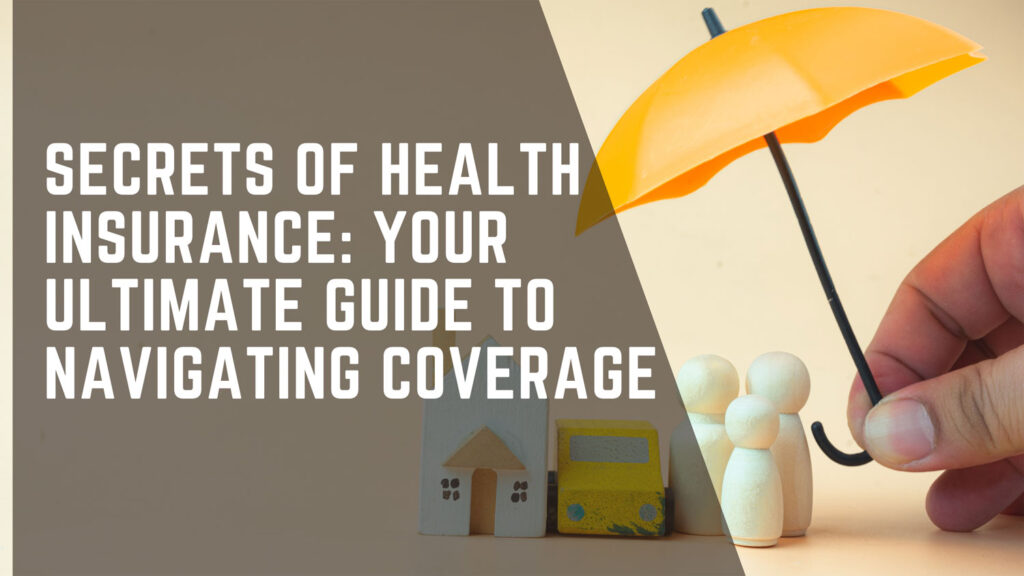A surge in environmental awareness has made the need to make your home energy-efficient no longer a fad, but a necessity. Besides helping reduce carbon emissions, it will lower utility bills and raise the level of comfort in your home. However, the financing may be overwhelming for many homeowners. This is where personal loans for energy-saving upgrades come in, offering a feasible solution for sustainable improvements. In this article, we look at everything you need to know about these special loans, from benefits to steps to secure one.
What is an Energy Efficiency Personal Loan?
Energy-efficiency personal loans are a specific kind of financing aimed at helping homeowners fund eco-friendly home upgrades. Unlike general personal loans, which can be used for a wide range of purposes, energy-efficiency loans focus on sustainable projects like installing solar panels, upgrading insulation, replacing old appliances with energy-efficient models, or upgrading HVAC systems.
Why Energy Efficiency Loans?
Energy-efficient loans have a plethora of different benefits. Some of the main benefits include:
- Lower Utility Bills: Improved insulation, better windows, and modern HVAC systems reduce energy consumption, leading to lower utility costs.
- Smaller Carbon Footprint: These upgrades help reduce power usage and emissions, making homes more environmentally friendly.
- Increased Property Value: Eco-friendly upgrades often increase the home’s market value and make it more attractive to future buyers.
- Comfort and Safety: Improved insulation and upgraded systems make homes more comfortable and safer.
- Potential Incentives: You might be eligible for government tax credits, rebates, or utility discounts for certain energy-efficient upgrades, which could reduce overall project costs.
What Projects Can Be Financed?
Energy-efficiency personal loans can cover small home improvements or extensive renovations. Eligible projects generally include:
- Installation of solar panels or solar water heating systems.
- Additional insulation and air sealing in the walls, attic, and basement to prevent heat loss.
- Energy-efficient windows and doors for better insulation and reduced heating and cooling costs.
- HVAC system upgrades to more energy-efficient units that consume less energy.
- Energy-efficient lighting fixtures and appliances, such as LED bulbs, Energy Star-rated refrigerators, or efficient water heaters.
Before proceeding, it’s best to confirm with your lender whether the specific project qualifies for financing and complies with local building codes.
Loan Terms and Conditions
Personal loans for energy efficiency improvements generally offer better terms compared to general personal loans. Here’s what you can expect:
- Lower Interest Rates: The interest rates for these loans are typically lower than standard personal loans, making them more affordable.
- Flexible Repayment Terms: Repayment periods can range from a few years to over a decade, depending on the lender and loan amount.
- Incentives: Some lenders offer special incentives, such as reduced rates or waived fees, for certain energy-efficient improvements.
Secured vs. Unsecured Energy Efficiency Loans
Loans for energy efficiency can be either collateral-backed or unsecured:
- Secured Loans: These involve collateral, such as your home or other assets. They generally offer lower interest rates due to reduced risk for the lender. However, failure to repay could result in the loss of the collateral.
- Unsecured Loans: These loans do not require collateral but often come with higher interest rates. Approval typically depends on creditworthiness and income stability.
How to Apply for an Energy Efficiency Personal Loan
The application process for a personal loan for energy-saving improvements involves several steps. Here is a step-by-step explanation:
1. Compare the Various Lenders Available
Research and compare different lenders that offer energy-efficiency loans. Look for competitive interest rates, favorable terms, and eligibility requirements.
2. Determine the Loan Amount
Identify the cost of your energy-efficient project and decide on the amount you need to borrow. Be realistic about how much you can repay within the loan terms.
3. Gather Required Documents
Gather documents such as proof of income, credit history, and project details. Many lenders may also require contractor estimates or quotes for planned upgrades.
4. Submit the Application
Once you’ve chosen a lender, complete the application and submit all required documents. Make sure your application is thorough to avoid delays.
5. Wait for Approval
Lenders will review your credit score, verify eligibility, and conduct background checks. The approval process can take a few days to several weeks, depending on the lender.
6. Fund Disbursement
If approved, the loan proceeds will be disbursed directly to you or, in some cases, to the contractor. You can then start your energy-efficiency project.
Things to Consider Before Applying
Before applying for a personal loan for energy-saving upgrades, consider the following:
- Credit Score: A higher credit score improves your chances of qualifying for lower interest rates, making the loan more affordable.
- Project Cost: Ensure that the loan amount aligns with the cost of your energy-saving project, and have a clear repayment plan.
- Repayment Options: Choose between fixed or variable-rate loans, depending on your budget and financial goals. Fixed-rate loans offer predictable payments, while variable-rate loans can fluctuate.
Conclusion
Personal loans for energy-efficiency upgrades can be an effective way for homeowners to finance eco-friendly home improvements. By fully understanding the benefits, eligible projects, loan terms, and application process, you can make informed decisions in your pursuit of sustainable financing. Whether it’s a solar panel installation or an HVAC system upgrade, now is a great time to start planning for a more energy-efficient home, reducing utility costs and contributing to a greener environment.


